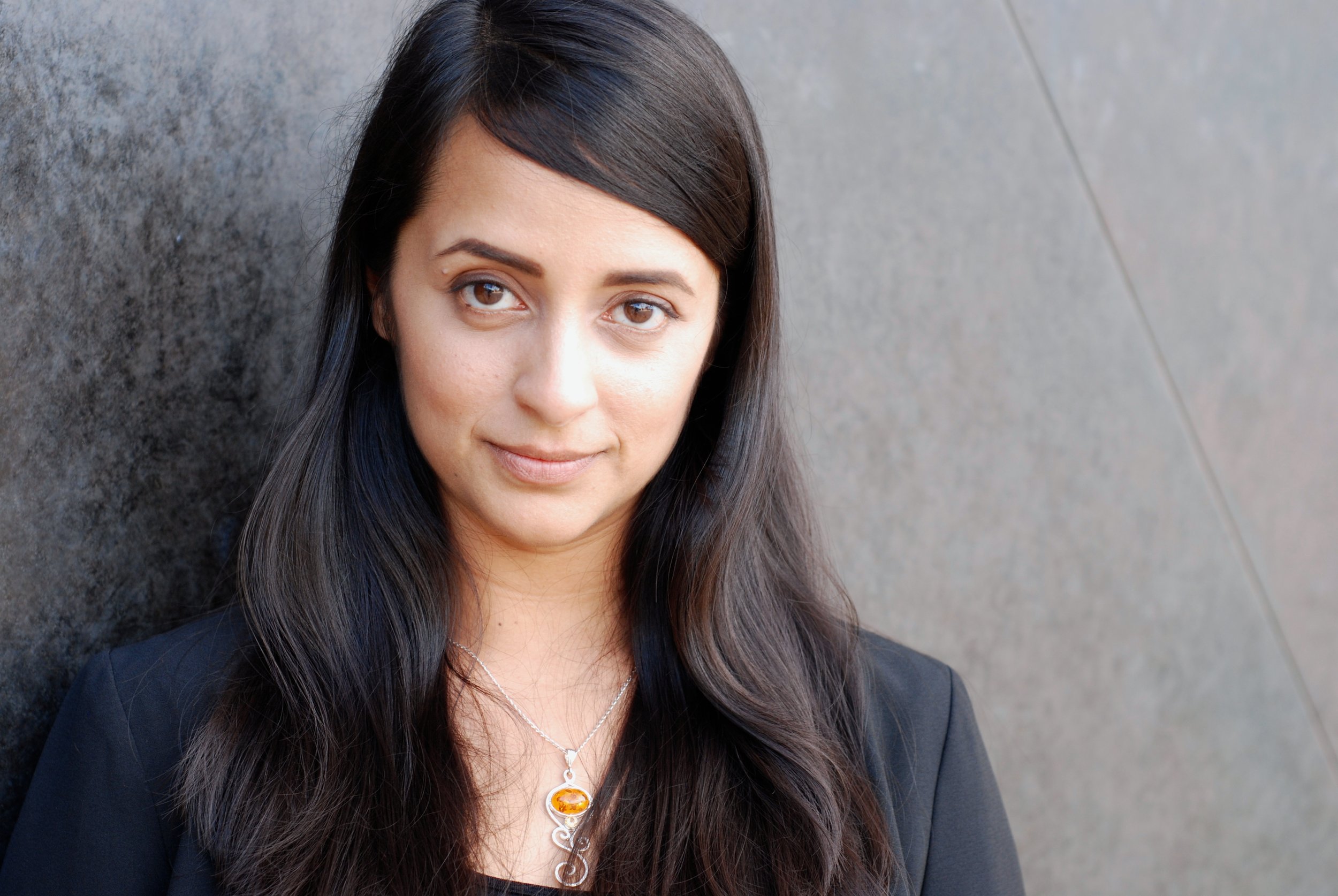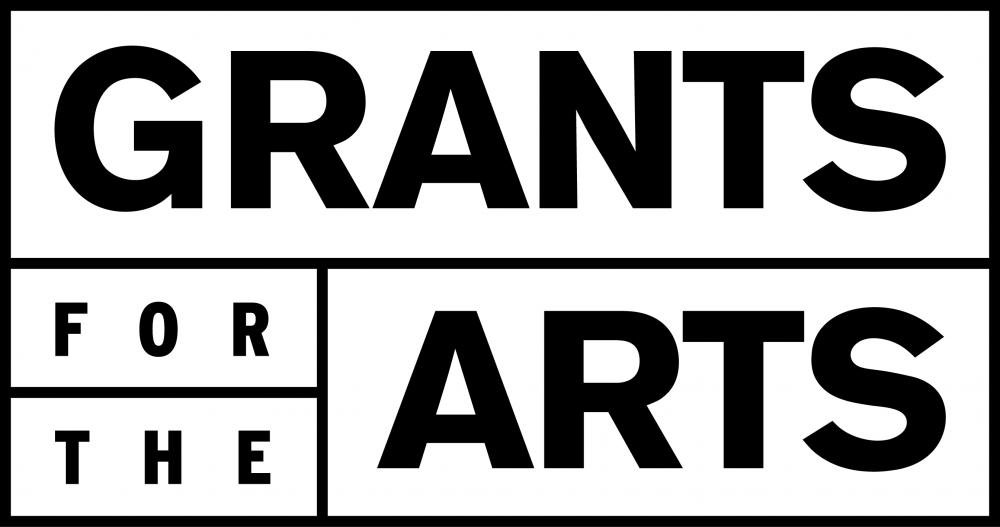Living in Color
Sarah Gibson - I Prefer Living In Color
—Left Coast Composition Contest Winner 2019
Reena Esmail - Rang de Basant
Mélanie Hélène Bonis - Cello Sonata in F major, Op. 67
I. Moderato quasi Andante
II. Très lent
III. Final
Karol Szymanowski-The Spring of Arethusa, from Mythes, op. 30
Errollyn Wallen - Dervish
John Luther Adams - Three Canticles of the Birds
I. Dream of the Hermit Thrush
II. Cadenza of the Mockingbird
III. Dream of the Canyon Wren
Peter Tornyai - fiori sfiorati
Inspired by the irresistible fun of I prefer living in color, Sarah Gibson’s 2019 Left Coast Composition Competition winning work for percussion and ensemble, this program celebrates composers particularly adept at exploiting instruments’ timbral possibilities—from Errolyn Waller’s stormy characters in Dervish to the evocative sounds of myths conjured by Karol Szymanowski.
Concert Program
LIVE CONCERT SUNDAY, MAY 22, 2022, 7:30PM
Berkeley Hillside Club
2286 Cedar St, Berkeley, CA 94709 (at Arch St)
LIVE CONCERT MONDAY, MAY 23, 2022, 7:30PM
NOE VALLEY MINISTRY
1021 SANCHEZ STREET, SAN FRANCISCO, CA 94114
Program Notes & Composer Biographies
Sarah Gibson, I prefer living in color
Sarah Gibson is a Los Angeles based composer and pianist whose works draw on her breadth of experience as a collaborative performer with a deep interest in the creative process across various artistic mediums. She has received honors and recognitions such as the Los Angeles Chamber Orchestra's Sound Investment composer, American Composers Orchestra Underwood New Music Readings, Copland House Residency, Victor Herbert ASCAP award, and a Chamber Music America Grant. Gibson’s music has been performed by the Los Angeles Philharmonic, Atlanta Symphony, Seattle Symphony, Jennifer Koh, Departure Duo, HOCKET, and at various venues across the United States and in Europe.
As a pianist, she has performed with many of these ensembles as well as with wild Up, the Bang on a Can All-Stars, and the Atlanta Symphony where she debuted under the direction of Donald Runnicles in 2005. Gibson is co-founder of the new music piano duo, HOCKET, which has been lauded as "brilliant" by the LA Times' Mark Swed, and is a core artist for the inimitable Los Angeles Series, Piano Spheres.
I prefer living in color, written for bass clarinet, violin, viola, cello, piano, and percussion, is inspired by David Hockney’s Snail's Pace, a gigantic painted landscape of shapes with a shifting light installation created to represent Los Angeles’s Mulholland Drive. This vivacious artwork impacted the melodic structure and energy in my piece. Beginning with a lyrical melody and morphing to a rock band-like groove, I was imagining the many vibrant colors of Hockney’s painting shifting in and out of foreground and background. These musical structures represent both the changing landscapes in Hockney’s painting and also the energizing curves and changing views found along Mulholland Drive. - Sarah Gibson
Reena Esmail, Rang de Basant
Indian-American composer Reena Esmail works between the worlds of Indian and Western classical music, and brings communities together through the creation of equitable musical spaces. Esmail’s work has been commissioned by the Los Angeles Master Chorale, Kronos Quartet, Imani Winds, Richmond Symphony, San Francisco Girls Chorus, The Elora Festival as well as other ensembles. Upcoming seasons include new work for Seattle Symphony, Baltimore Symphony Orchestra, Santa Fe Desert Chorale, and Conspirare.
Esmail is the Los Angeles Master Chorale’s 2020-2023 Swan Family Artist in Residence, and Seattle Symphony’s 2020-21 Composer-in-Residence. She is an Artistic Director of Shastra, a non-profit organization that promotes cross-cultural music connecting music traditions of India and the West.
One of the most fascinating raags I have yet encountered in my study of Hindustani music is Raag Basant. Basant means ‘spring’ in Hindi, but it couldn’t be further from the Western conception of the season. Against a canvas of chirping birds and pastel colors, Basant feels dark and exotic, rendered in bold colors, and winding through passages of sinewy chromaticism.
The piece starts with large dense chords that change one note at a time, until they find their way slowly into Basant. This is followed by an excerpt from a short Hindustani composition (called a bandish) in Basant, stylized and notated to accommodate the sonic possibilities of the piano. This bandish builds and eventually which vanishes back into the dense chords, only to have a little bit of Basant bleed through at the end.
The title of the piece comes from an iconic Hindi film, “Rang De Basanti” (which literally translates to “Give it the color of Saffron”). Instead of giving this piece the color of saffron, I wanted to “color” it with the aesthetic of Raag de Basant. - Reena Esmail
Mélanie Hélène Bonis, Cello Sonata in F major, Op. 67
Mel Bonis, née Melanie Hélène Bonis, was born in Paris in 1858 to conservative Catholic parents. Her parents reluctantly sent her to the Paris Conservatory on the advice of a music teacher who recognized her great talent. Fellow students at the Conservatory were Debussy and Pierne, and Bonis studied composition with César Franck. When she also fell in love there with a philosopher-singer-poet named Amédée Léndely Hattelich (1856-1937) it became too much for her parents: They pulled her out of the Conservatory and married her off to a businessman, Albert Domange, 25 years her senior. Domange arrived at the marriage with five children from two previous marriages, and over the next ten years with him, Bonis produced three children of her own. During this period Bonis was neither encouraged nor had time to compose any music. Happily for us, however, she eventually rekindled her relationship with Hattelich. He had established himself as a successful Parisian musician, and encouraged her to compose again. Hattelich introduced Bonis to Parisian music publishers; from the late 1890s till the end of her life she was a respected and recognized composer, writing more than three hundred works before her death at age 79 in 1937. Her pen name, the androgenous Mel, helped her work thrive in a society that didn’t readily welcome women composers. (Camille Saint Saēns, for example, claimed he had no idea a woman could compose such great music.) Bonis died at the age of 79 in 1937, and Hattelich died one month later.
Bonis composed her romantic Cello Sonata, op. 67, in 1905. In the first movement piano and cello convey ebullience and extroverted melodic characters. The second movement, a misty Lento, uses descending scale patterns and gentle cascades of triplets to create a dreamy mood. The finale, active and fiery, accumulates more and more energy as it proceeds and ends with satisfying gusto.
Karol Szymanowski, The Srping of Arethusa, from Mythes, op. 30
Polish composer Karol Szymanowski (1882-1937) collaborated with the violinist Pawel Kochański to create a new approach to composing for the instrument. The result was one of his most popular works, Mythes, op. 30, of which we will hear the first movement. Titled The Spring of Arethusa, it premiered in Kyiv in 1915.
According to the conductor Piotr Deptuch, “During their frequent meetings in Zarudzie in Ukraine, Szymanowski and Kochanski came to understand that the violin offered not only expression and virtuosity in the Romantic sense, but also extraordinary and still untapped possibilities of tone color. Extensive sound mixtures, frequent and imaginatively incorporated flageolets (harmonics), tremolandos, sul ponticello bowing, simultaneous bowed and pizzicato tones, and even quarter-tones, are effects no avant-garde sonorist from the second half of the 20th century would be ashamed of. All these means, which Szymanowski used as early as 1915, are not an external ornament…Liberating the composer's imagination from classical patterns, they create a new world of free, poetic fantasy of sound.”
The Spring of Arethusa does depict a nymph escaping her pursuer Alphaeus by turning into a stream, and the sounds of still and rushing waters and the sound of flight are easy to hear in the music, but the composer didn’t intend his score to relate a story blow by blow. As he wrote to American violinist Robert Imandt in 1923, “This is not meant to be a drama, unfolding in scenes one after another, (each) of which has anecdotic significance - this is rather a complex musical expression of the inspiring beauty of the Myth.”
Errollyn Wallen, Dervish
Errollyn Wallen, 'renaissance woman of contemporary British music' (The Observer), is as respected a singer-songwriter of pop influenced songs as she is a composer of contemporary new music. Communication is at the center of both worlds: engaging the audience, speaking directly to hearts and minds. Born in Belize, Errollyn Wallen gave up her training at the Dance Theater of Harlem, New York to study composition at the universities of London and Cambridge. She founded her own Ensemble X, and its motto ’We don’t break down barriers in music… we don’t see any’ reflects her genuine, free-spirited approach and eclectic musicianship. She has been commissioned by outstanding music institutions from the BBC to the Royal Opera House and performed her songs internationally.
In 2001 Errolyn Wallen was commissioned to write Dervish by her friends, cellist Matthew Sharp and pianist Dominic Harlan. She said she found the impetus and pleasure of writing for friends, being able to write for people whose sound she knew, to be a great inspiration. At first she was unsure that the piece worked, but she ended up treasuring it, finding that it captured a specific sensibility that she was not even sure she would be able to convey.
Dervish starts with a feeling of suspended animation before giving way to repeating short motives that emerge gradually and accumulate to create a state of rapture. The dervish dance, according to the composer, lasts for hours and the ’whirling’ part known in popular culture does not occur until late in the ceremony. In the words of the composer, “In dervish dances, contrary to popular myth, there is absolutely no hedonistic wildness; the swirling skirts move from rapt and still devotion. The Sufi dance is solely for worship. I wanted to capture this atmosphere (Dervish proceeds from an intense, trance-like state) and also to set it beside the passion that is speed.”
John Luther Adams, Three Canticles of the Birds
Bird song has powerfully influenced the life and work of John Adams, a composer whose music is almost always knitted to the natural world. He was first drawn to the “silvery limpid phrases” of the call of the wood thrush and tried to notate the sounds on a musical staff, going out repeatedly into the woods at dusk and before dawn. As he described it In a 2021 interview:
“...when I left music school in California, my girlfriend and I took up residence in an old farmhouse in rural Georgia. There I discovered the music of birds. In a real sense, my life’s work began there. I sometimes think of the birds as my first teachers. As I got more and more obsessed with birds, I became fascinated with not only what they sing, but where they sing. I pretty quickly became involved in environmental issues with a local chapter of the Audubon Society trying to stop a dam on the Flint River in Georgia. And that threw me into environmental activism in a deeper way.
At that time, the Audubon Society and a large number of environmental and labor groups and science organizations had formed the Alaska Coalition. It was a kind of unprecedented grassroots network of organizations all over the United States, all joining together in a campaign to set aside complete ecosystems in Alaska, the last remnants of original North America within US borders that was still healthy and intact. I was just on fire with that. That’s what drew me to Alaska in the summer of 1975.”
During the decades he spent in Alaska and since then, he has written many works wedded to place and to nature: songbirdsongs, the Pulitzer and Grammy winning Become Ocean, Ten Thousand Birds, Inuksuit, Three High Places, and Dream of the Canyon Wren are a few of these.
Adams wrote Three Canticles of the Birds in 2017. Each of its three movements celebrates a different bird. The first movement is about the song of the hermit thrush, a remarkably high and plaintive tune. Adams pays tribute to the virtuoso bird, in the more active middle movement, “Cadenza of the Mockingbird.” The final movement, “Dream of the Canyon Wren” echoes the bird’s call, the main part of which is described by birders as “a sweet descending cascade of notes.” In the outer movements Adams plays with the sounds of echoes, and the way independent birds in nature fit together to make an exquisite soundscape. He makes ample use of the sustaining mechanisms of the piano and vibraphone to let us hear the harmonies in a meditative way before moving on to the next call.
Peter Tornyai, fiori sfiorati
Péter Tornyai was born in 1987 in Szeged, Hungary. As composer he studied in his native city with Lajos Huszár and then in Budapest with István Fekete Győr. He graduated in 2012 as student of Zoltán Jeney at the Ferenc Liszt Academy of Music, Budapest where he also studied violin with István Kertész. His most important chamber music teachers were Balázs Arnóth, Gábor Csalog, János Rolla and Rita Wagner. In 2012-13 he studied with Matteo D’Amico at Santa Cecilia Conservatory in Rome, Italy. In 2013 he started his doctoral (DLA) program at Ferenc Liszt Academy of Music. He has taught composition and contemporary music at the Liszt Academy since 2015.
As violinist and violist he often plays classical and contemporary music with chamber ensembles such as THReNSeMBle, Ludium Ensemble ( a group specializing in Kurtág’s music), Rondo Quartet, Classicus Ensemble (Artist in Residence of Central European University), Qaartsiluni Ensemble. Since 2013 he has been the artistic director of the Anima Musicae Contemporary Music Workshop, a founding member of CentriFUGA contemporary music corporation, and Hermina Gallery – art and music group.
A work from 2016, fiori sfiorati (touched flowers), is fragile and atmospheric, using a specially tuned cello to create an otherworldly, far-away effect.
COVID-19 CONCERT POLICY:
(EFFECTIVE THROUGH OUR 29TH SEASON, JUNE 2022)
Masks: All patrons are required to wear a face mask which completely covers the mouth and nose at all times inside event venues.
Vaccination:
Audience Members 12+: Left Coast Chamber Ensemble requires proof of *up-to-date vaccination for entrance into any Left Coast event.
Audience Members 11 and under: proof of **full vaccination as appropriate against COVID-19 or a negative COVID-19 test (PCR test within 48 hours of the event, or antigen [rapid] test within 24 hours of the event).
Food & Drink: Food & drink is not permitted to be consumed inside event venues.
















